The Weirdest Street Names in Damascus and Their Origins
Damascus is full of neighborhoods and streets with names that might seem strange at first, but because we’ve gotten so used to them, we barely notice anymore. However, behind each name lies a story to tell. Let’s dive into some of these fascinating tales:
Abu Rummaneh Street:
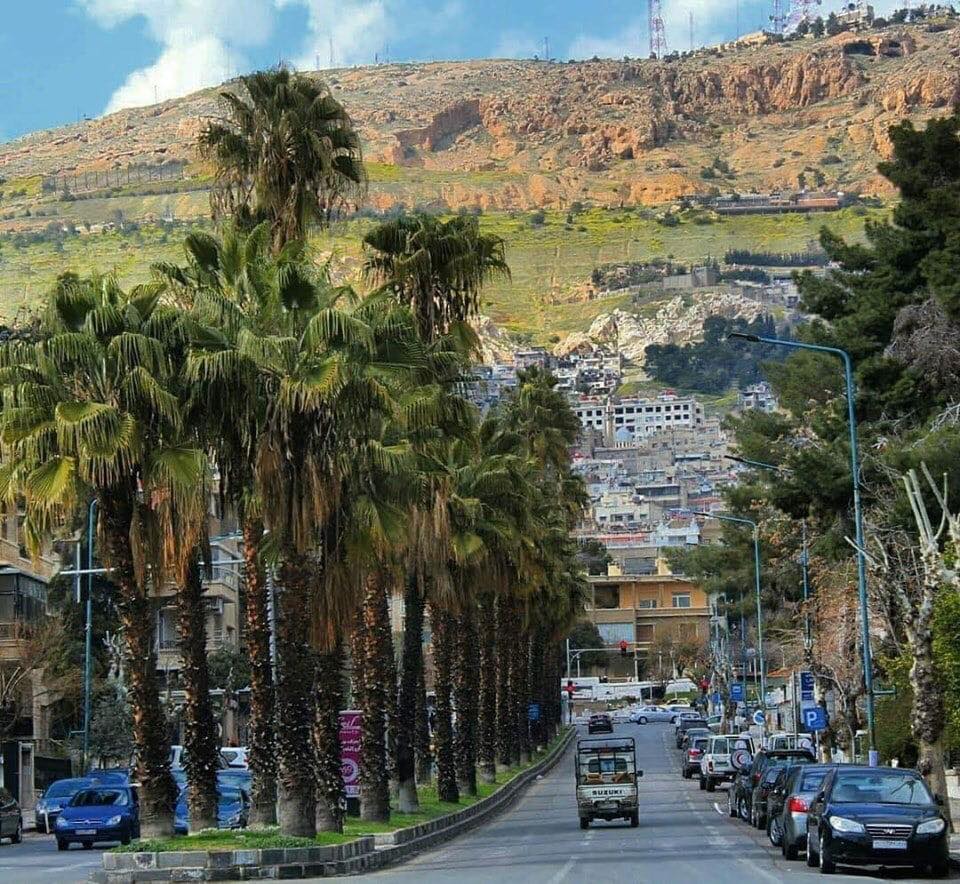
This street got its name from a shrine that used to be located there, known as the “Abu Rummaneh Shrine.” The story goes that the shrine belonged to a pious man whose name no one knew, so people called him “Abu Rummaneh” because of a pomegranate tree that grew near his grave.
Souq Al-Hamidiyah:
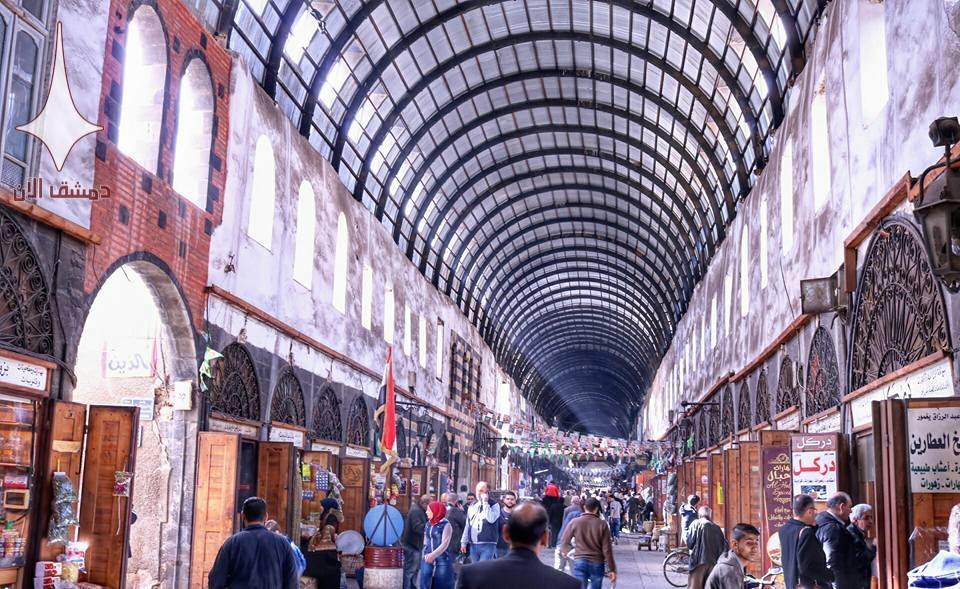
Named after Sultan Abdul Hamid, this famous market began construction under Sultan Abdul Hamid I (1137-1203) and completed in the period Sultan Abdul Hamid II (1293-1328).
Souq Al-Asruniya:
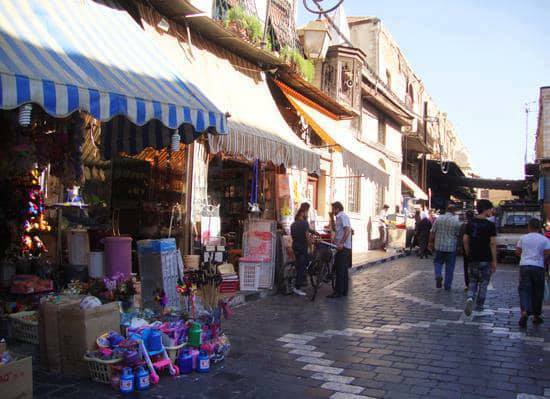
King Al-Adil Nur al-Din Al Zanki established the Al-Asruniyeh School and entrusted it to the chief judge, Imam Sharaf al-Din Abdullah bin Abi Asroun, after whom this market was named. He passed away in 585 AH.
Souq Al-Miskiyeh:
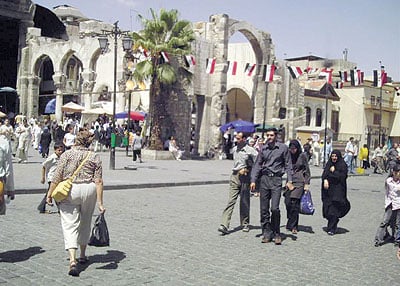
This market was famous for selling perfumes. The Al-Miskieh Square, where the market ends, is one of the oldest squares in Damascus, dating back to the 4th century AD.
The Sulaymaniyya Takiyya:
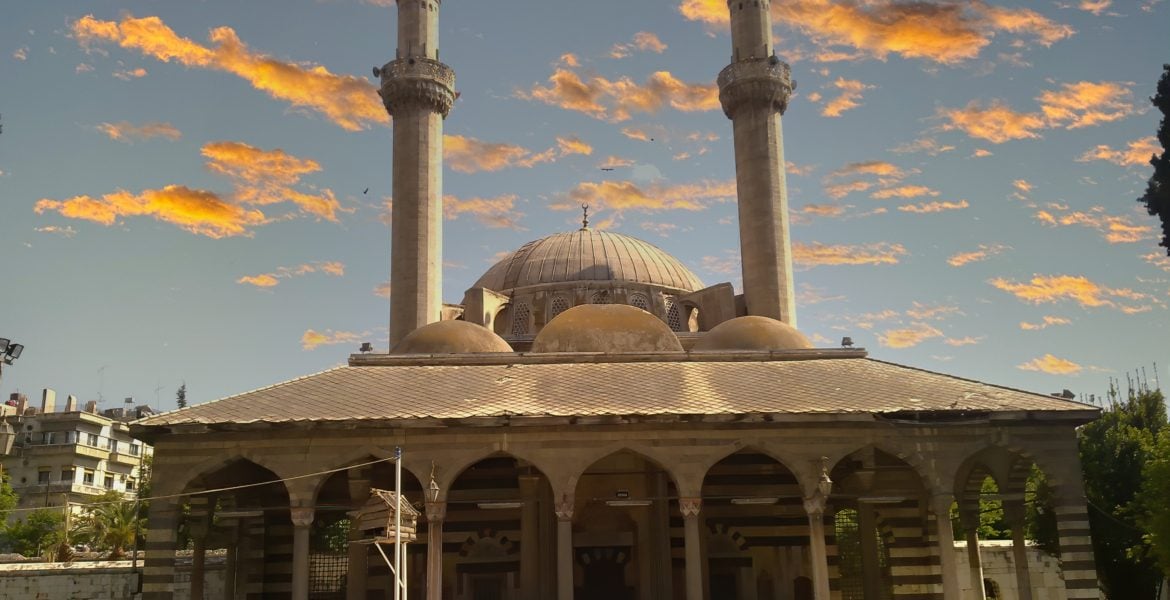
This historical complex is after the Ottoman Sultan Suleiman the Magnificent and a masterpiece of Ottoman architecture. Famous Architect Sinan Pasha built it in place of the old Qasr al-Ablaq, which was constructed by Sultan al-Zahir Baybars.
Al-Salihiyah Neighborhood:
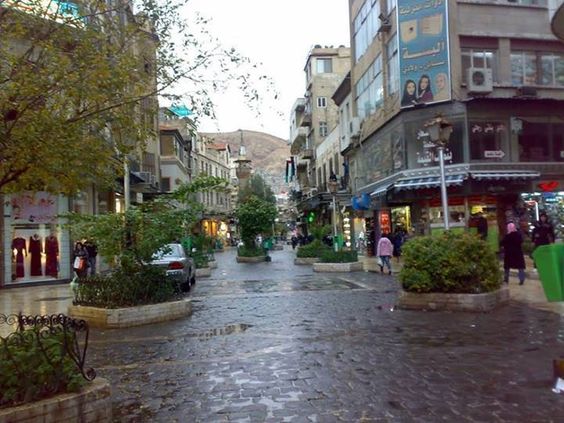
In 1156 AD, during the Crusades, Sheikh Ahmad bin Qudamah al-Maqdisi led a group of righteous immigrants (Al Salihin) from Palestine to settle in this area, giving it the name “Al-Salihiyah,” meaning “The Righteous.”
Al-Abed Street:
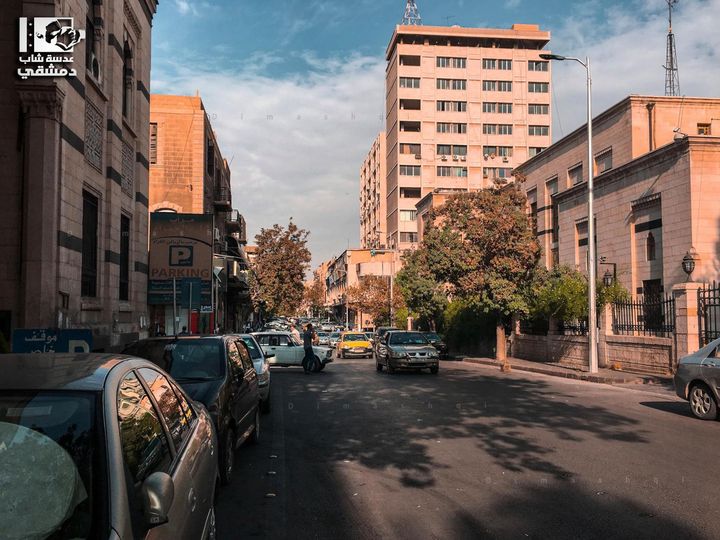
Named after Muhammad Ali bin Izzat al-Abed, the first president of Syria after independence.
Sabaa Bahrat Square:

Built in 1925, this square originally bore the name of Captain Decarpentry. It featured a dome and seven fountains. After the French forces left Syria, they demolished the dome, but the fountains remained. Recently, renovations preserved the square’s historic charm.
Jada Arnous:
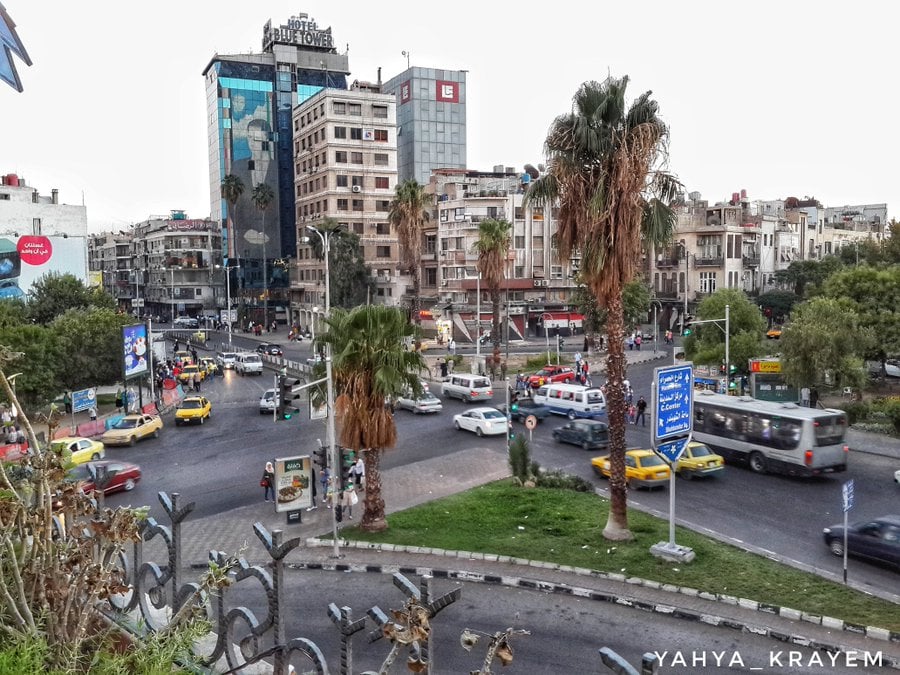
This area was once called “Bustan Arnouz,” named after a shrine to a saint named Arnouz. There was also a burial site for the Arnouz family in the area, which is likely the true origin of the name.
Darwishiya Mosque:

Named after the Ottoman governor Darwish Pasha, who built the mosque in 1574.
Al-Nasr Street:
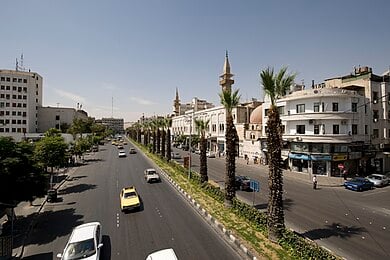
Jamal Pasha widened this old street in 1914, naming it Jamal Pasha Street. Later, they renamed it Al-Nasr Street after one of the gates of Damascus, Bab al-Nasr, which used to stand at the entrance of Al-Hamidiyah Souq.
Zuqaq Rami:
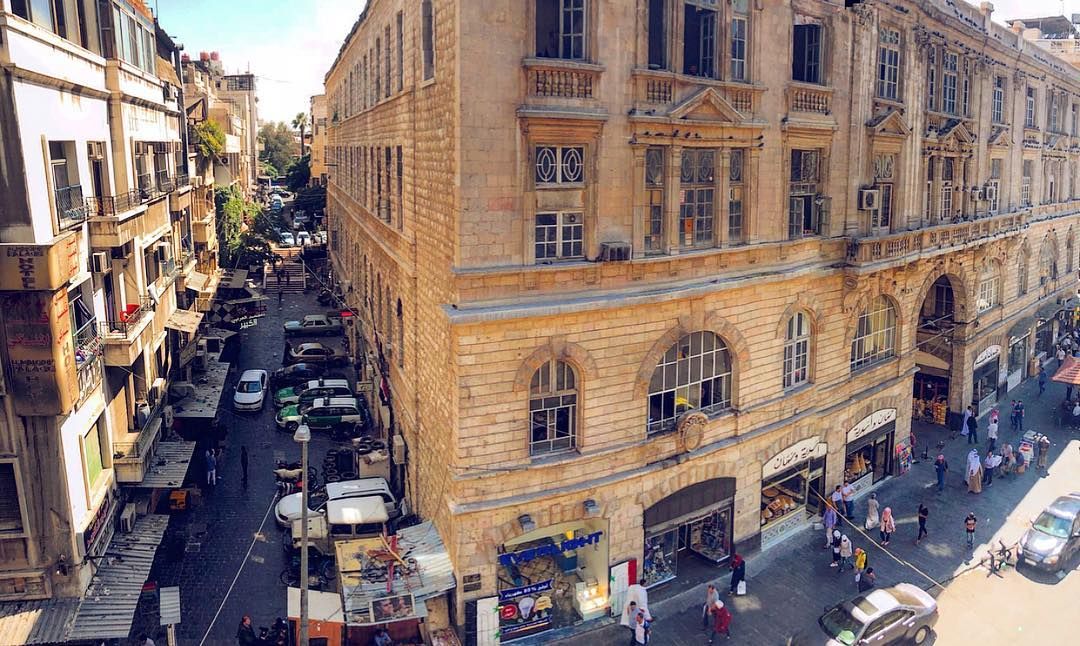
Rami Effendi, the head of the governor’s office, Nazim Pasha, opened this alley, which is now Rami Street.
Lala Pasha Mosque:

Named after the grand vizier and military leader Kara Mustafa Pasha, also known as “Lala,” which is Turkish for “mentor.” They buried him in the Sananiyah area of Damascus, where the mosque stands today.
Al-Azem Palace:

Named after Asaad Pasha al-Azem, the governor of Damascus, who built it in 1749 after completing Khan Asaad Pasha in the heart of the Bzouriyyeh district.
Medhat Pasha Market:
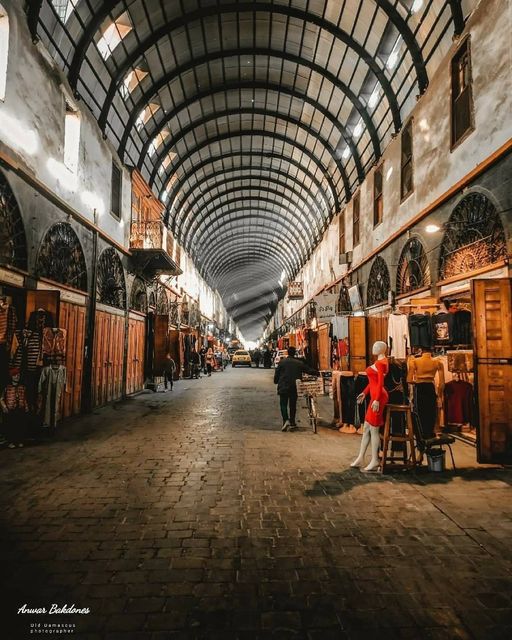
Named after the governor of Damascus, Medhat Pasha (Medhat al-Solh), who expanded this market in the late Ottoman period. Previously known as Souq Jaqmaq, the market earned its current name after Medhat Pasha deliberately set fires to houses when their residents resisted evacuation orders. A section of it burned down in 1925 during the French bombardment of the Harika area.
Zuqaq Al-Jinn (The Alley of the Jinn):

Now a bustling industrial area for auto parts, this alley was once believed to be haunted by jinn (spirits) before it was developed. According to popular tales, the area was so windy, due to its location between Mount Rabwah and Al-Mazza, that the sound of rustling trees would create eerie noises, making people avoid it. Thus, the name “Zuqaq Al-Jinn” stuck, fueling many ghostly stories.
Al-Mazza:

Once a Roman-era village, Al-Mazza’s name is of Greek origin, meaning “hill.” The village was later settled by Yemeni tribes from Bani Kalb after the Islamic conquest of Damascus. Archaeological finds, like a limestone pillar inscribed in Greek, have confirmed its ancient roots.
Al-Muhajireen (The Immigrants’ Quarter)
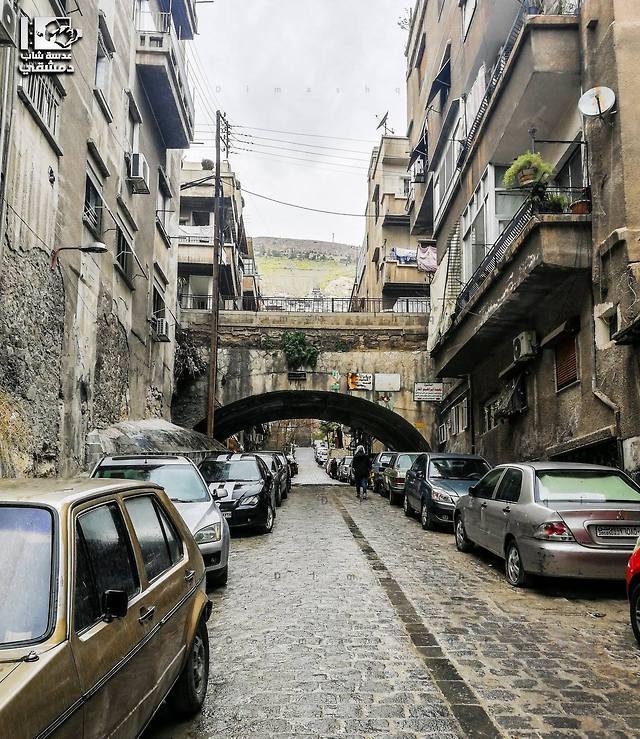
After the Ottoman Empire lost some of its territories in Europe, such as the Balkans, many Muslim families migrated to Damascus. Sultan Abdul Hamid II tasked the governor of Damascus, Hussein Nadhim Pasha, with accommodating them. He chose a location on Mount Qasioun to settle the immigrants who arrived between 1890 and 1896. In 1900, another wave of immigrants from the island of Crete arrived, prompting Hussein Nadhim Pasha to build them another neighborhood. The entire area was named “Al-Muhajireen” in honor of these immigrants.
Burj al-Rus (Skull Tower):
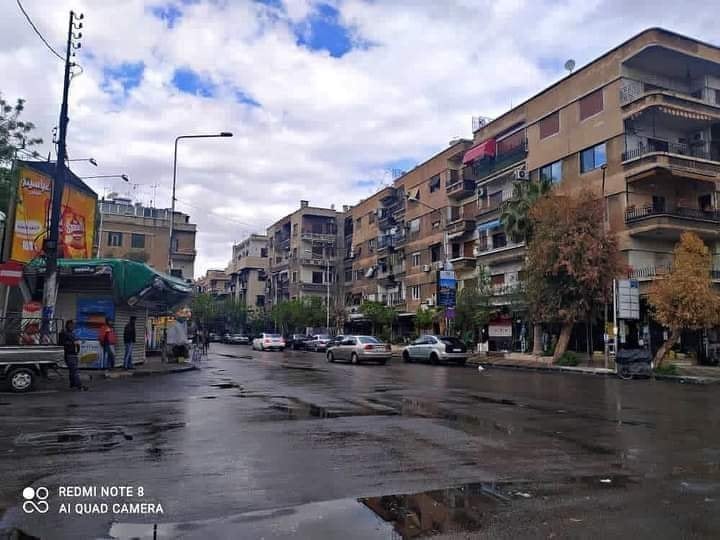
Tamerlane, the infamous conqueror, had a gruesome habit of building towers from the severed heads of his victims in the cities he conquered. In 803 AH, Damascus suffered one of its worst disasters when the Mongols invaded, killing and pillaging its people. After their rampage, Tamerlane’s soldiers built a tower of heads in this area, which became known as “Burj al-Rus” (The Tower of Heads). Over time, the name was corrupted to “Burj al-Rus,” and while most people think it’s named after the building in the area or its Russian residents, this is a common misconception.
Sarouja Market:
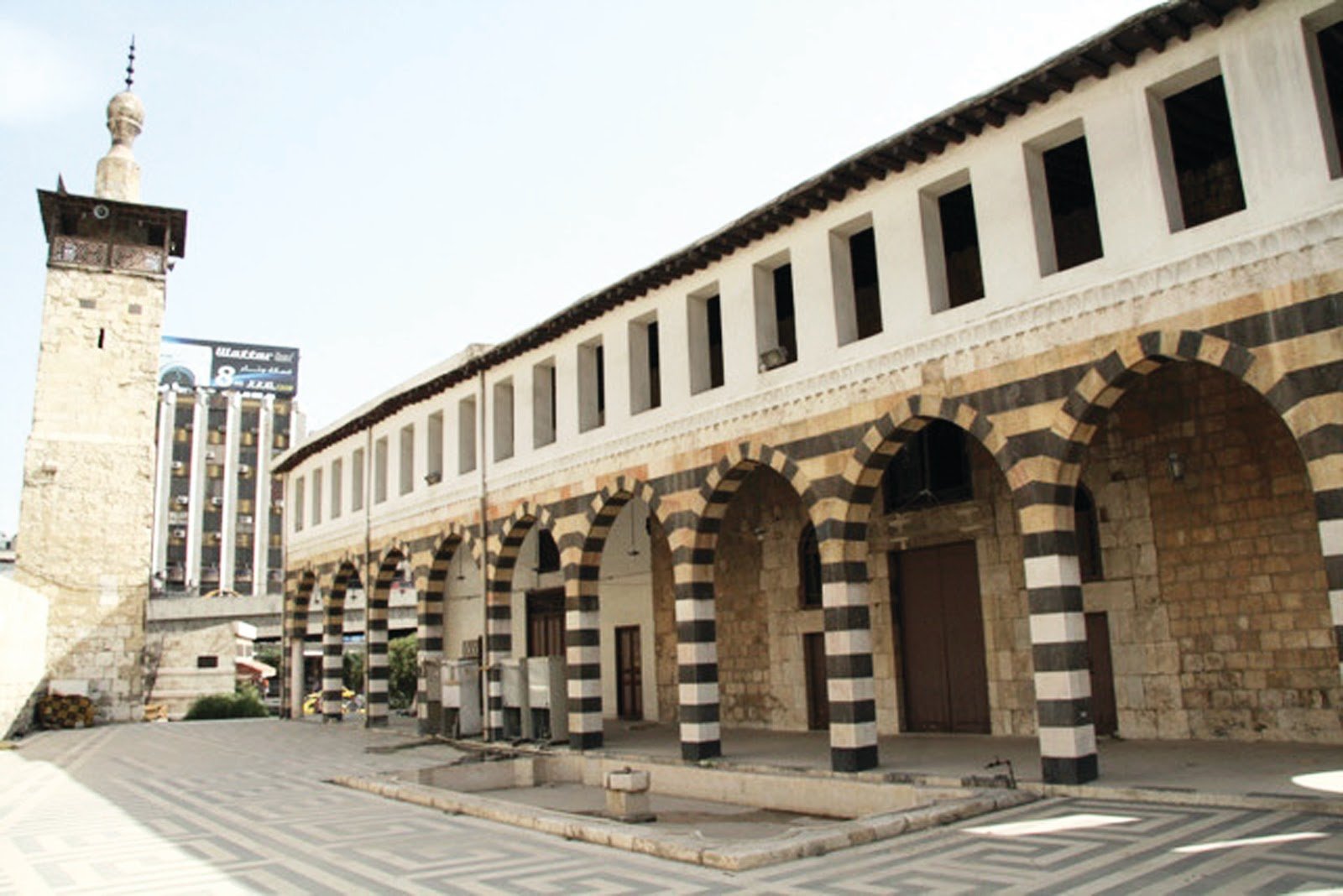
Some believe the name comes from the Turkish word “Sarıca,” meaning “yellow.” However, others trace the origins of the Souq Sarouja neighborhood back to the 14th century during the Mamluk era. It was established under the rule of the Mamluk prince Saif al-Din Tanqz, who lived in Damascus for a long time and left behind many architectural landmarks. The neighborhood is named after one of his commanders, Sarim al-Din Sarouja, who died in 743 AH-1342 AD.
Harasta (Al-Basal):
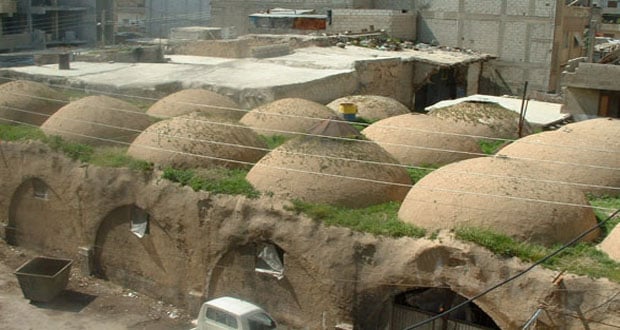
This village in the countryside of Damascus is part of Al-Ghouta. It was originally called “Deir Rasta,” and was a Christian monastery during the Ottoman occupation. As liberation movements began, the rebels would seek refuge in the mountains or in Al-Ghouta to escape the occupiers. Several battles took place in Al-Ghouta between the rebels and the occupiers, turning the land into a battleground, hence the name “Harasta,” which replaced “Deir Rasta.”
The nickname “Al-Basal” (The Onion) reflects the land’s fertility, as onions require fertile soil and clean water to grow. Harasta became famous for its onion cultivation.
Rukn al-Din:
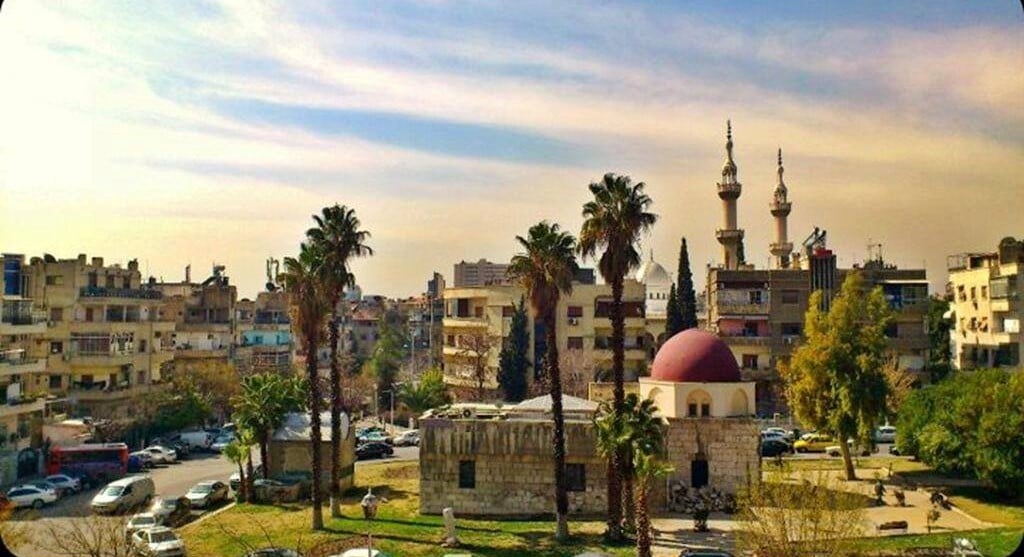
Rukn al-Din is one of Damascus’s historic neighborhoods, dating back to 1170 AD during the Ayyubid era. Many notable Syrians and Arabs have lived there throughout history. The neighborhood is home to numerous ancient schools, historic buildings, and shrines, including the tomb of Rukn al-Din in the Al-Nabulsi Mosque.
Maqam Sitti Hafizah:
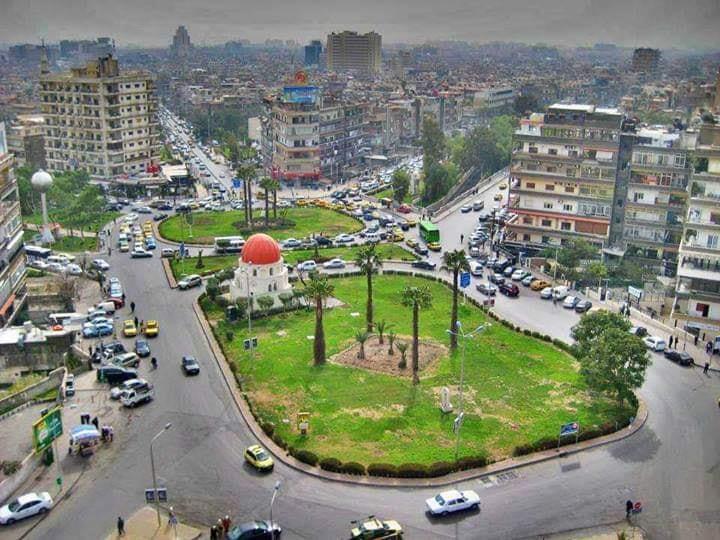
Located in Al-Maysat Square, there is a green dome. The story goes that when they were planning the streets in Damascus, there was no such thing as Al-Maysat Square. When the road organizers tried to open a direct road between Barneya Street and Al-Abiad Bridge, the bulldozers suddenly stopped and couldn’t continue digging. When they asked about the reason, they found out that six Quran memorizers used to gather there and teach children reading and the Quran
They made a square and named the place (El-Sitt Hafiza), and the name evolved to become (Setti Hafiza).
Khabbini Café:
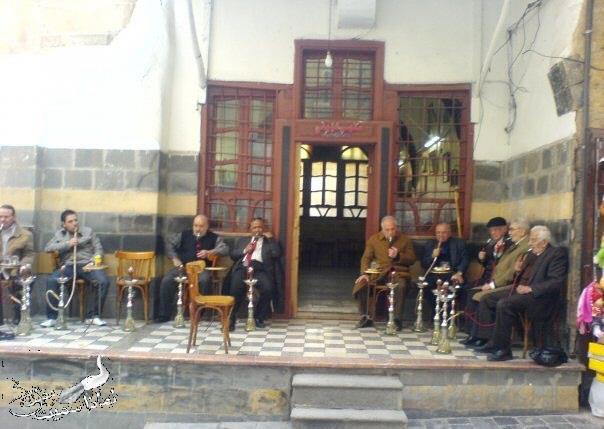
Nestled at the end of the Qabbaniyya Market, near the famous Nofara Café behind the Umayyad Mosque, lies the legendary Khabbini Café. The name “Khabbini” dates back to the 2nd century AH, originally belonging to a café west of the Moulawiyeh Tekkiyeh near what is now the Hejaz Square. The name gained popularity during the Ottoman era, especially under the rule of the Turkish Unionists, who would roam the streets searching for young men to conscript into the army during the infamous Seferberlik period. The café became known as “Khabbini,” which means “hide me,” because it was the go-to hideout for young men seeking refuge, begging the café’s owner to “hide me.”
Jnaynet Al Naanaa (Mint Garden):
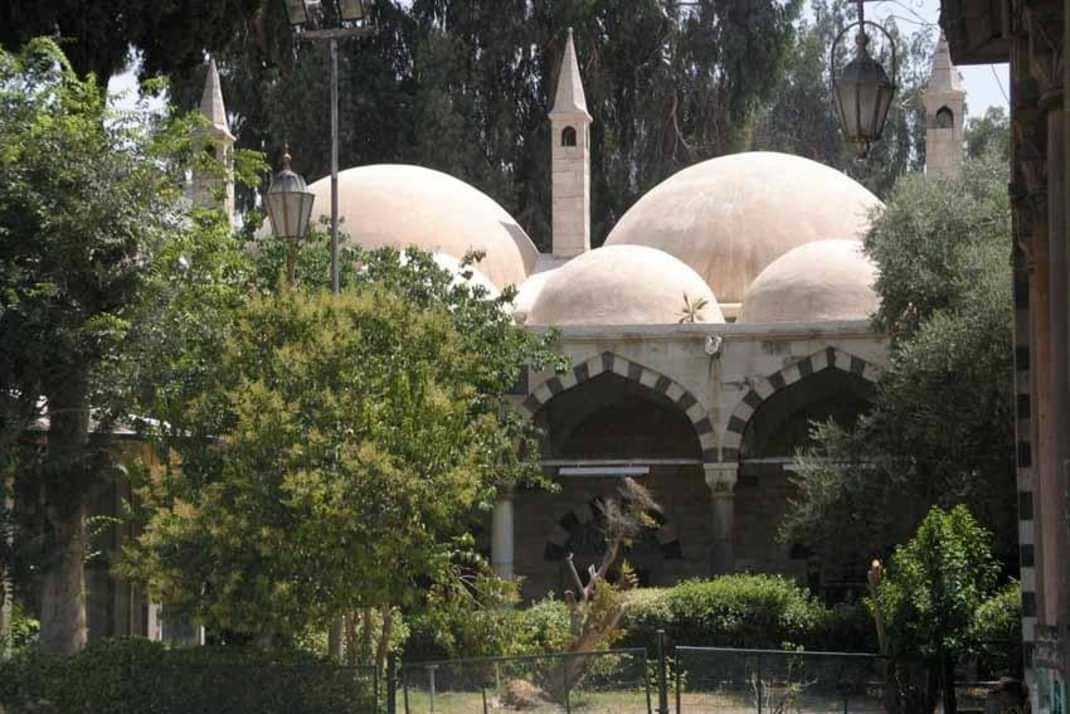
Located east of the Suleymaniyeh Tekkiyeh, where a transportation hub now stands, Mint Garden was a popular spot in the 1930s. It had three names, each reflecting a different aspect of the garden. Some called it “Nickel Garden” because the entrance fee was just a nickel (a small amount of money). Others dubbed it “Women’s Garden” because its visitors were exclusively women. Finally, it was known as “Mint Garden” because it was established on a piece of land famous for growing mint. Though the garden is long gone, the name still lingers in the area.
Al-Jisr Al-Abyad (The White Bridge):
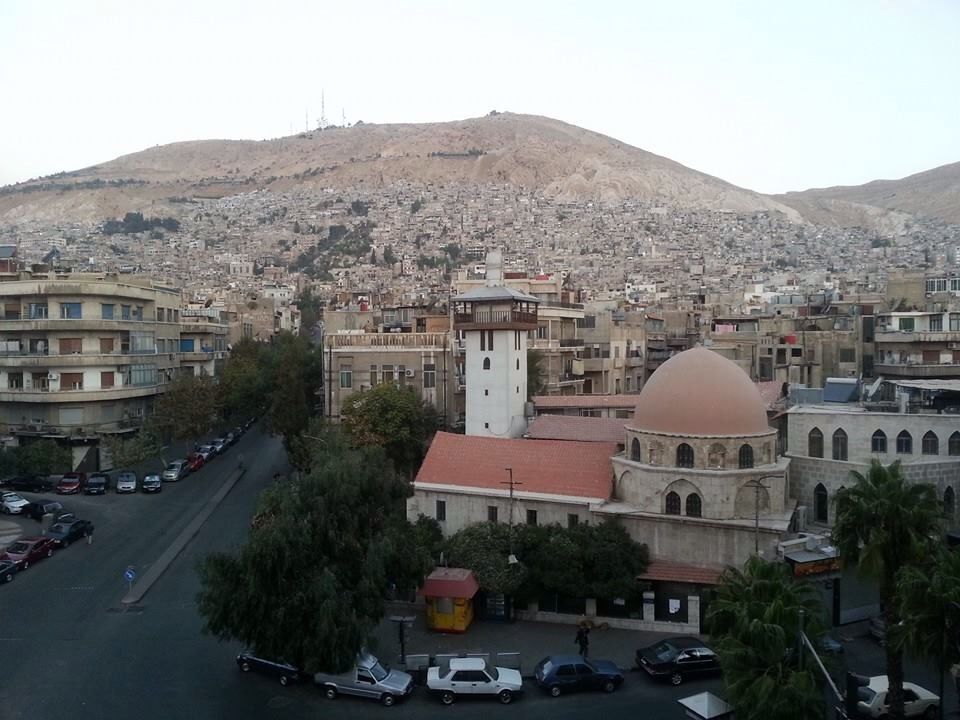
Once upon a time, there was a bridge made of white stones spanning the Barada River, connecting the Salhiyah and Afif neighborhoods. Though the bridge no longer exists, the name “White Bridge” still refers to the area, which has since transformed into a modern shopping district. In the early 20th century, this region was known for its lush fruit orchards, especially peaches.